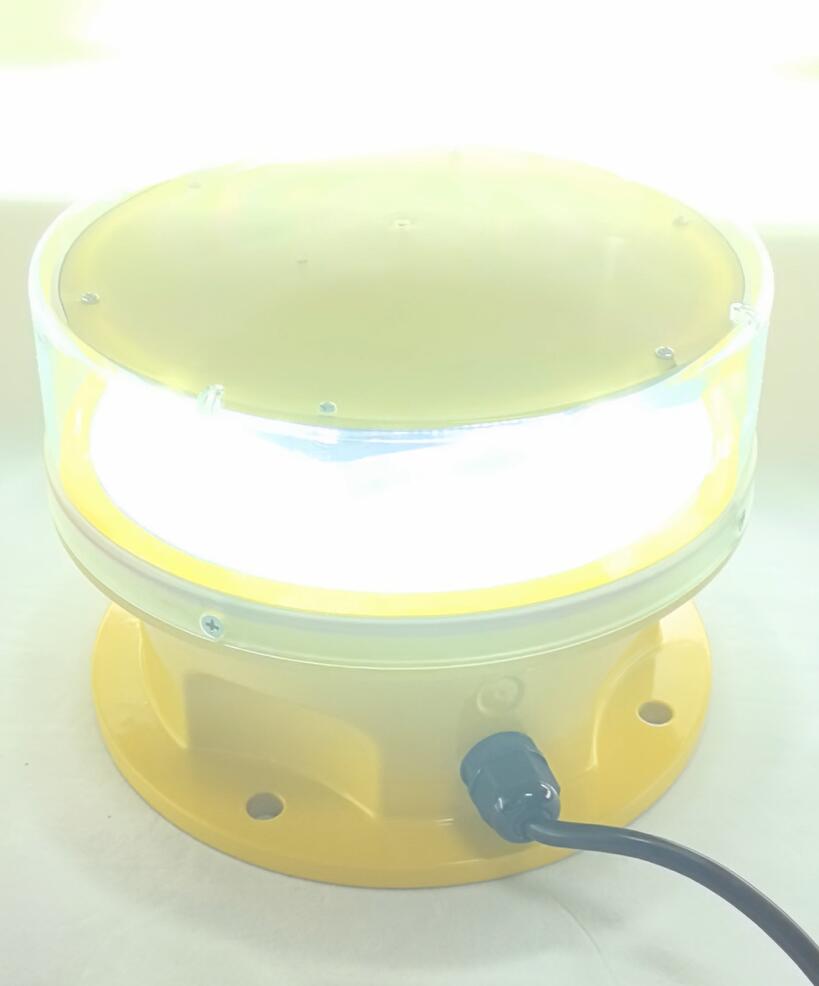The Vital Role of Aircraft Warning Beacons in Modern Aviation Safety
Aircraft warning beacons are critical components in aviation safety, ensuring that tall structures such as communication towers, wind turbines, and skyscrapers remain visible to pilots. These beacons prevent collisions by emitting high-intensity light signals that are easily detectable even in adverse weather conditions. As air traffic continues to grow and urban structures reach greater heights, the importance of aircraft warning beacons cannot be overstated.
This article explores the function, types, regulations, and technological advancements of aircraft warning beacons, highlighting their indispensable role in safeguarding both aircraft and infrastructure.
Purpose and Function of Aircraft Warning Beacons
The primary purpose of aircraft warning beacons is to alert pilots of potential obstructions, especially during low visibility conditions such as fog, rain, or darkness. These beacons are typically installed on structures exceeding 200 feet (61 meters) in height, as mandated by aviation authorities worldwide.
Aircraft warning beacons operate in two main modes:
Red Obstruction Lights – Used during nighttime or low-visibility conditions, these steady or flashing red lights are highly visible from long distances.
Medium-Intensity White Strobe Lights – Often employed during daylight hours, these bright, flashing lights enhance visibility against bright skies.

By providing clear visual cues, these beacons help pilots navigate safely around obstacles, reducing the risk of accidents.
Types of Aircraft Warning Beacons
Several types of aircraft warning beacons are used depending on the structure’s height, location, and regulatory requirements:
| aircraft warning beacon |
1. Low-Intensity Red Beacons
Used for structures below 200 feet.
Emit a steady or flashing red light.
Common on small communication towers and buildings.
2. Medium-Intensity Beacons
Employed on structures between 200 and 500 feet.
Can be red or white strobe lights.
Often found on wind turbines and radio towers.
3. High-Intensity White Strobe Beacons
Installed on structures exceeding 500 feet.
Extremely bright flashes to ensure visibility from long distances.
Typically used on skyscrapers and large transmission towers.
4. Dual Lighting Systems
Combine red lights for nighttime and white strobes for daytime.
Ensures 24/7 visibility.
Required for certain high-risk structures near airports.
Regulatory Standards for Aircraft Warning Beacons
Various aviation authorities, including the Federal Aviation Administration (FAA) in the U.S. and the International Civil Aviation Organization (ICAO), set strict guidelines for aircraft warning beacons. Key regulations include:
FAA Advisory Circular 70/7460-1L – Specifies lighting requirements for obstructions.
ICAO Annex 14 – Provides international standards for aerodrome and obstruction lighting.
Local Aviation Authority Rules – Many countries have additional requirements based on terrain and air traffic density.
Compliance with these regulations ensures uniformity in beacon operation, reducing confusion for pilots operating across different regions.
Technological Advancements in Aircraft Warning Beacons
With advancements in LED technology and automation, modern aircraft warning beacons have become more efficient and reliable. Key innovations include:
1. LED-Based Beacons
Consume less power than traditional incandescent bulbs.
Offer longer lifespan and reduced maintenance costs.
Provide brighter and more consistent illumination.
2. Solar-Powered Systems
Ideal for remote locations without reliable power sources.
Environmentally friendly and cost-effective.
Equipped with battery backups for uninterrupted operation.
3. Smart Monitoring Systems
Use IoT (Internet of Things) to remotely monitor beacon functionality.
Alert maintenance teams in case of failures.
Improve reliability and reduce downtime.
4. Adaptive Lighting Systems
Adjust brightness based on ambient light conditions.
Enhance visibility while minimizing light pollution.
Comply with environmental and energy-saving regulations.
Challenges and Future Trends
Despite their effectiveness, aircraft warning beacons face challenges such as:
Light Pollution Concerns – Some communities oppose bright strobes due to their impact on night skies.
Maintenance Difficulties – Beacons on offshore wind turbines or remote towers require specialized servicing.
Regulatory Variations – Different countries have conflicting standards, complicating international compliance.
Future trends may include:
Darker Sky-Compliant Beacons – Reducing light pollution while maintaining safety.
Drone-Based Inspections – Using UAVs to monitor and maintain beacons in hard-to-reach locations.
Integration with Air Traffic Control Systems – Real-time data sharing for enhanced situational awareness.
Aircraft warning beacons are indispensable in modern aviation, preventing collisions and ensuring safe navigation around tall structures. With evolving technologies and stricter regulations, these beacons continue to improve in efficiency and reliability. As urban landscapes expand and air traffic increases, their role will only grow more critical, making them a cornerstone of aviation safety worldwide.
By adhering to international standards and embracing innovation, the aviation industry can ensure that aircraft warning beacons remain effective while addressing environmental and operational challenges. Their continued development will play a vital role in safeguarding both human lives and infrastructure in the skies of tomorrow.
